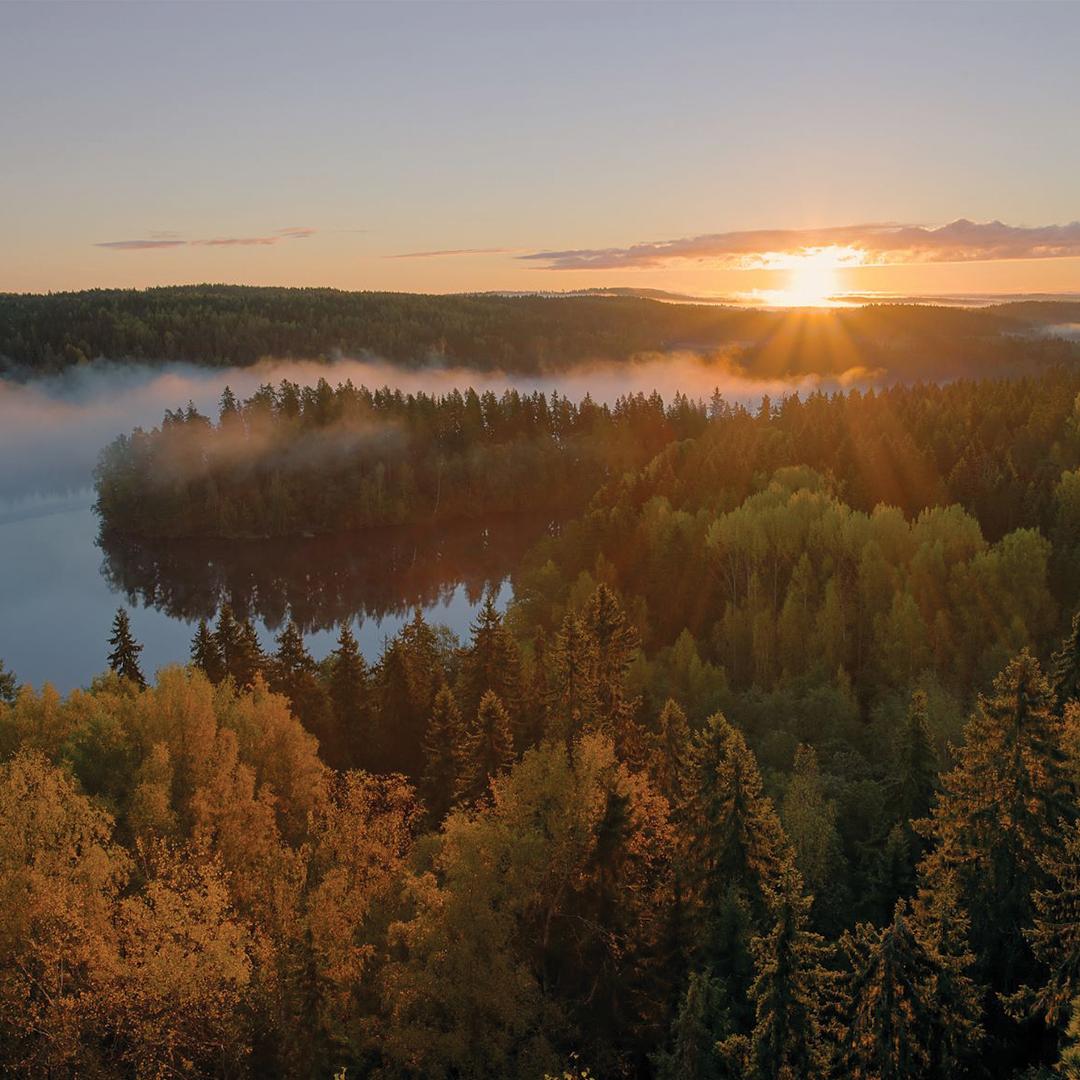Exploring the pros and cons of electric boilers
In Finland, the rise in biofuel prices coupled with simultaneous high demand has catalyzed a shift towards electric boilers for process steam production. This transition not only responds to economic pressures but also aligns with an increasing commitment to environmental sustainability.
Electricity, particularly when sourced from expanding wind energy investments, offers a cleaner, competitive alternative to traditional energy sources. This change has also been facilitated by the power exchange market, which allows taking advantage of fluctuations in electricity spot prices, making boilers an economically attractive option.
The demand for biofuels has accelerated as the pulp industry and the energy sector have started to compete more for the same resource. New strategies are needed to ensure that there will be enough biofuels in the future while maintaining companies’ commitment to zero-emission production.
Here, heat pump and electric boiler solutions can offer an alternative to solid fuel-based steam and hot water production, and both technologies are widely applied in both the industry and at district heating plants.
“As electricity production in Finland transitions to carbon neutrality and fuel prices rise, the utilization of electricity in heat production has started to look very attractive. In particular, the occasional free of charge hours spot prices offer interesting opportunities. On the flip side, of course, there are the huge price spikes and, at worst, problems with the availability of electricity in the electricity network that is highly dependent on wind power,” says Panu Siirtola, Concept Designer at Adven.
The electrification of heat production in Finland is boosted by investments in wind energy infrastructure, which help transition electricity to being nearly emission-free.
According to energy consultancy company Motiva, Finland’s wind turbines already produced 14.4 TWh of electricity in 2023, which corresponded to approximately 18 per cent of Finland’s electricity consumption. On the other hand, electricity production in Finland is already almost 94% emission-free according to Finnish Energy.
However, as the availability of electricity and its price fluctuate, electric boiler implementations may sound like madness.
Electric boilers bring the best benefit in systems where their use can be controlled according to the spot price. However, during the most expensive hours, there should be a possibility to transfer production to an alternative method. These can include traditional combustion-based heat production, or a sufficient heat storage unit built alongside an electric boiler, from which the energy produced during an advantageous period can later be extracted.
Quickly adjustable solution for base or peak load energy
According to Panu Siirtola, electric boilers are best suited for sites where there is no local heat source, for instance residual or geothermal heat, from which the required heat could be retrieved with a heat pump or if the need for heat temperature is higher than what can be achieved with heat pumps.
Electric boilers are quick to adjust and can be designed for very wide temperature and pressure levels, so as a solution, an electric boiler can be suitable for basically any application.
“As fuel prices have risen, it has made sense to look at electric boilers alongside traditional energy production and, depending on the situation, they can be utilized for base or peak loads. Due to their emission-free nature and cost effectiveness, electric boilers bring a significant advantage, for example, in sites where energy is still produced with fossil fuels”, Panu Siirtola outlines.
What about use?
Most of the operating costs of an electric boiler come from the price of electricity itself. When considering this, it is good to look at possible own electricity production, what part of the electricity price is hedged and what kind of savings in transmission costs could be achieved by connecting to a higher voltage network. In addition, the efficiency of alternative forms of heat production should be considered. Against this background, an electric boiler is always more expensive in terms of operating costs than a heat pump, even if it is significantly cheaper as an investment.
In terms of maintenance efficiency, the electric boilers are relatively easy and simple to handle. Especially since the implementation does not require maintenance heavy fuel reception facilities, nor does it need to worry about fuel quality.
What it takes and how it works
The planning of the solution starts in the same way as in any other Adven’s sales cases: a comprehensive review determines how the customer’s energy needs can be met while minimizing overall energy use and emissions. In energy modelling it is examined whether heat can be recovered from the process and/or produced with heat pumps.
If these options are not possible, the boiler solution that is most suitable for the project is reviewed. For this, it is necessary to know the basic energy needs, i.e. whether hot water or steam is needed and how much energy the customer’s process requires now and in the future. Once these issues are clear, different options are evaluated and from this evaluation an electric boiler could be selected as the right solution.
“Adven’s customers do not have to worry about these things. From the customer’s point of view, our Energy as a service® concept covers everything from design and project management to financing and operations and maintenance throughout time life”, Panu Siirtola points out.
Special consideration in the electric boiler cases should be given to the available electricity supply, i.e. if the electrical substation does not have the needed electricity capacity required by the boiler, or the supply cannot be profitably strengthened due to too long distances, then an electric boiler is not the best option.
Water chemistry is also important in electric boiler implementations. Depending on the type of boiler, special attention should be paid to the quality of the feed water to ensure that the conductivity of electricity in the water is suitable for the boiler and that there will be no problems with the boiler structures and piping during the service life.
Feed water can be treated, for example, from recovered water from the customer’s processes or from the water received from municipal network.
“Depending on the boiler requirements and available water, Adven’s water team determines what kind of treatment the feed water requires. Often the most important areas of consideration are limescale and solids removal, pH control, corrosion control and organic matter management. In addition, continuous monitoring of water chemistry ensures that no problems will arise in the future”, Panu Siirtola concludes.
Customer sites where Adven is building or already operating electric boilers:
A total of six operating plants or ongoing investment projects for customers in different industries
– Valio Haapavesi: A 12MW electric steam boiler plant that produces 50 GWh of heat energy annually for the production needs of Valio’s Haapavesi plant
– Valio Riihimäki: reserve and peak energy is now produced with an electric boiler instead of natural gas
– Keliber project: concentrator heating solution combines electric boilers and biofuels
– Mirka: electric boiler and solar power plant promote Mirka’s climate goals
– Mirka: non-fossil energy solution to Mirka’s factory in Oravais
– Neste Naantali: emission-free steam with electricity for Neste’s Naantali terminal
– Arla Kallhäll: 3 x 2 MW electric boilers
In addition to actual and ongoing projects, dozens of studies on the electrification of industry and district heating networks are ongoing.

 Newsletter
Newsletter